Who doesn’t love a good autoloading shotgun?
Unsurprisingly, the first commercially successful type of this weapon came from the mind of the one and only John Moses Browning.
As is the case with many of Browning’s designs, there was a spark of genius that led to a wildly successful weapon, only this time, Winchester completely fumbled everything and ended up with a shotgun known as the “widowmaker.”
Today we will look at how and why the Winchester 1911 shotgun rose to infamy and faded into obscurity.
Table of Contents
Loading…
The Browning-Winchester Affair
John Browning had a long-running relationship with Winchester by the time he pitched his design we now call the Auto-5. Their previous agreements had Winchester purchasing Browning’s designs for a one-time fee and then producing the firearms.
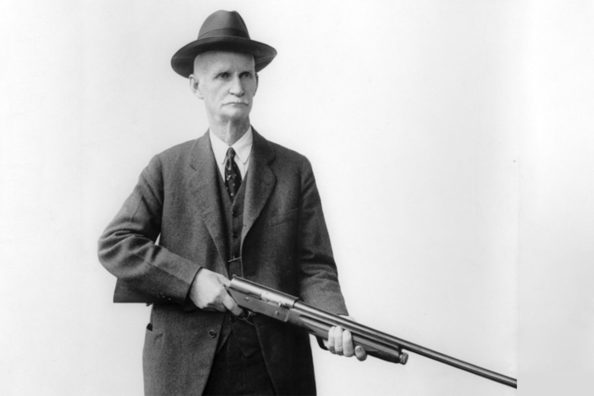
However, Browning saw immense potential for the Auto-5 to be the next big thing. This time, he wanted a royalty arrangement for every gun sold.
Winchester scoffed at this idea and refused Browning’s proposal.
Prior to their disagreement, Browning was working with Winchester’s patent office. Winchester essentially wrote the patents for Browning’s designs, even before purchasing them.

They were an experienced company, and the patents were rock solid, but having Browning’s name on them was a good marketing tool, as his designs were already extremely popular with the public.
When Winchester refused the arrangement, Browning went to Remington, who also turned him away. Eventually, Browning approached FN, a deal was struck, and the Auto-5 became the world’s first successful semi-auto shotgun.

While most people recognize Winchester as a lever gun company, the turn of the century saw them becoming a shotgun company.
To remain current in the market, Winchester needed a self-loader, but with Browning’s name on the patents, their design options were limited.
Winchester tasked T.C. Johnson with creating a shotgun to compete with the Auto-5. T.C. Johnson was a reputable designer in his own right and would later create the Model 12 shotgun, lovingly referred to as the “Perfect Repeater,” but his first auto-loading shotgun was a miss.
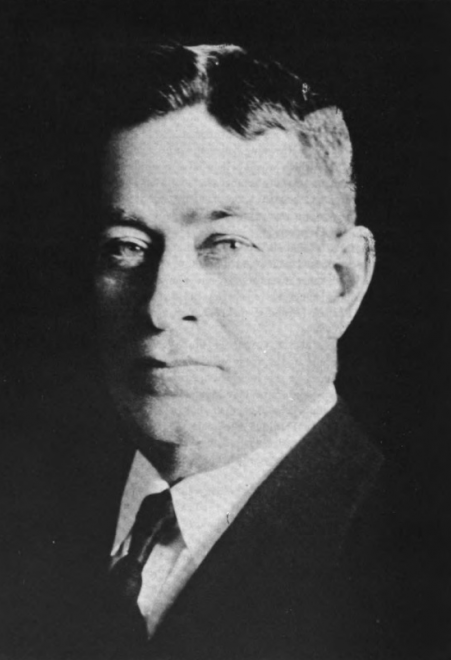
The Winchester 1911 SL
The gun designed by T.C. Johnson was known as the Winchester 1911 SL — SL standing for self-loading.
Browning’s patents covered a number of particular areas. This included the idea of attaching a charging handle to the bolt, as well as metal buffer rings.
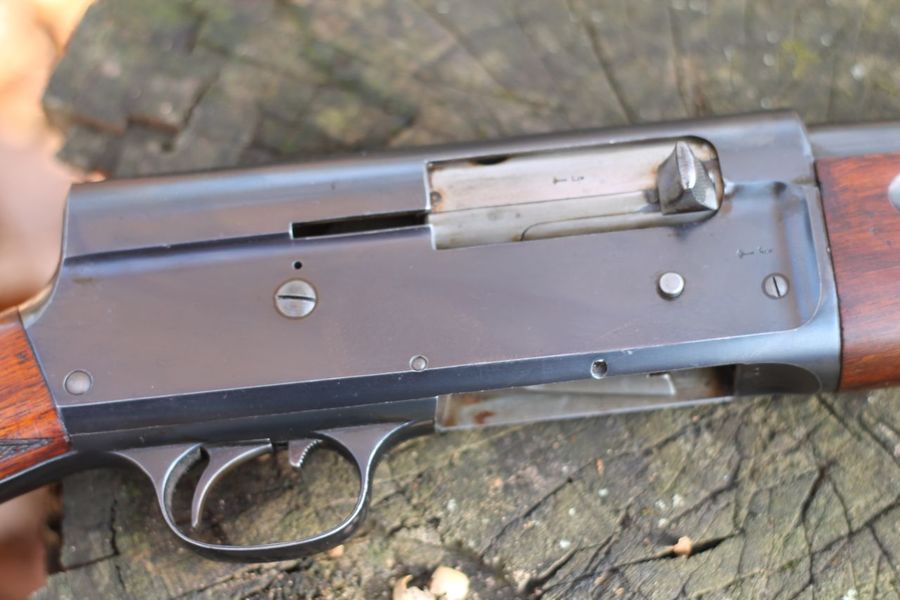
Johnson would remark that it took him nearly 10 years to design an automatic shotgun that would not be an infringement on the Browning gun. Avoiding running afoul of those patents resulted in a gun with a rather interesting set of features.
The most remarkable is the method of charging the gun. The Winchester 1911, like the A5, is a long recoil-operated gun, meaning the barrel moves with the bolt as the weapon cycles.
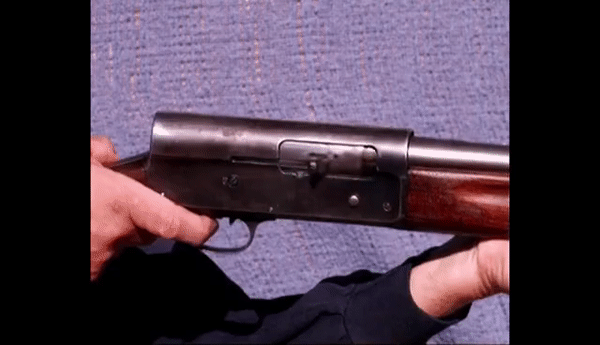
In order to sidestep the charging handle patent, Winchester checkered the barrel. Users were supposed to grab the barrel and shove it rearward to charge it and load the chamber.
Safety, or Lack Thereof
This creates a rather interesting issue with how to handle the gun. It’s challenging to charge it while keeping it pointed in a safe direction. You have to hold it in an awkward manner, preferably pointing at the ground while pulling the barrel rearward.
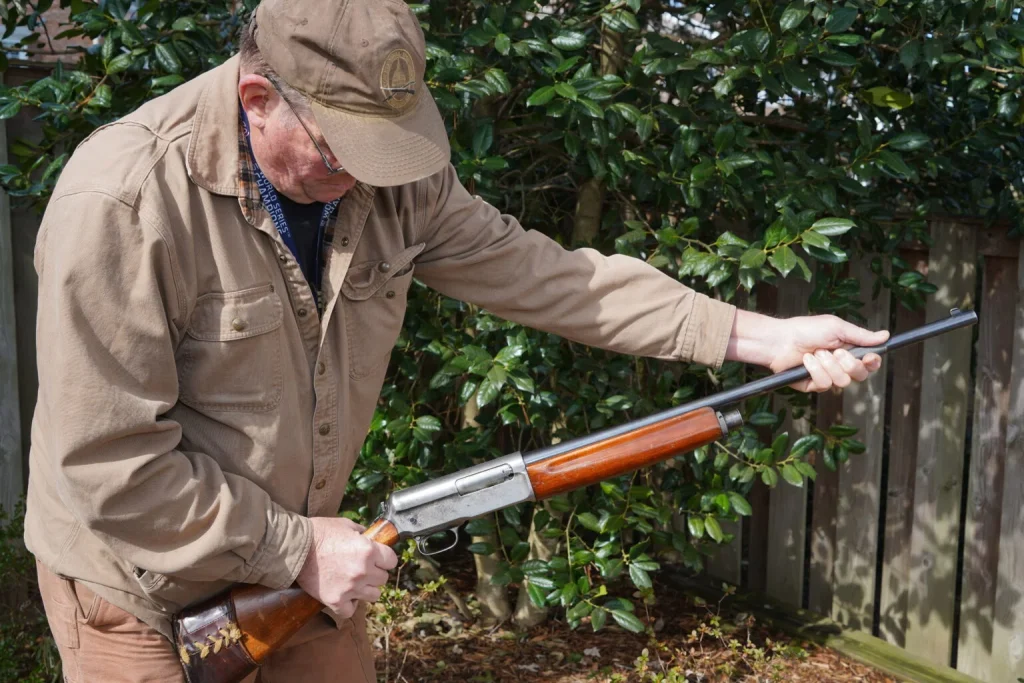
Paper shotgun shells of the era were known to swell and cause malfunctions and jams. When swollen, it made it difficult for the user to cycle the action and clear the cartridge.
This supposedly caused instances where shooters would brace the gun against the ground and shove the barrel rearward to unclog the jam, often with the barrel pointed directly upward or at themselves.
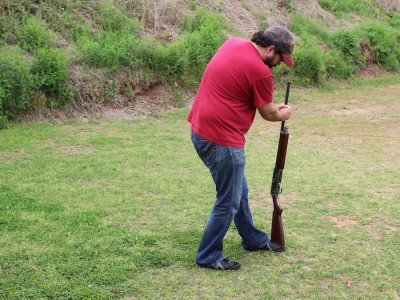
Additionally, the Model 1911 SL would occasionally slam fire. I own one and can make it slamfire as the action closes. This occurred to me once by accident, but fortunately, I was practicing good gun safety and was pointing the gun at the berm when it happened.
If I worked the action quickly and violently, it could and would slam fire every so often — maybe once in ten attempts, but that’s way more than I’m comfortable with.

These two flaws, combined with a lapse in user gun safety, proved to be fatal for some, ultimately earning the gun the nickname “Widowmaker.”
Browning’s design used metal buffer rings, while the Winchester had fibrous buffer rings. The weaker rings would eventually wear out, resulting in violent recoil action that was bad enough to split stocks.
Is it All That Bad?
Maybe mine slamfires because it’s 103 years old? Maybe that’s just an issue with the gun’s design. If I had non-worn-out rings, perhaps the action would be so violent.
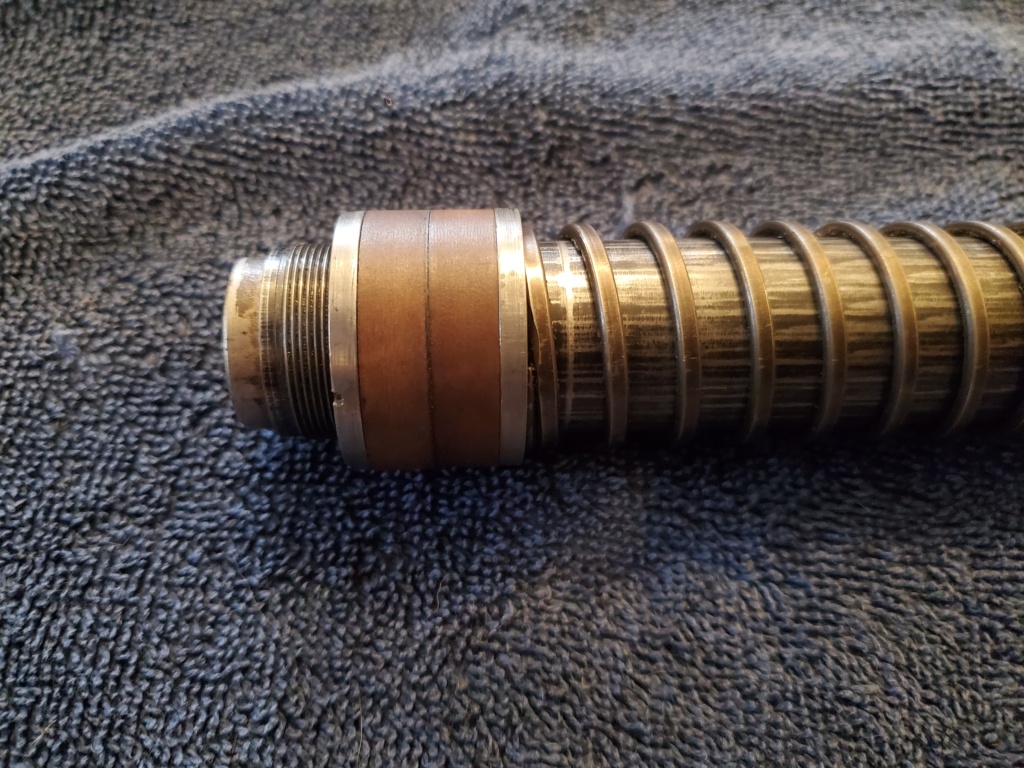
I can say there is some level of genius involved in designing this shotgun without infringing on only Browning’s A5 patents. The gun also had a few innovative features. For example, it was the first gun to use laminate instead of solid wood.
Additionally, the Winchester 1911 is a take-down model, and the stock separates from the receiver for easy storage.
The controls are okay, but loading it is not easy, and your last round sticks out a bit — the grooves in the carrier lock it in place. It works, but it’s awkward looking, and I thought my gun was broken at first.
It also features a rat tail bolt which was neat to see. It’s a design similar to that of the FN FAL and the Fightlite SCR.
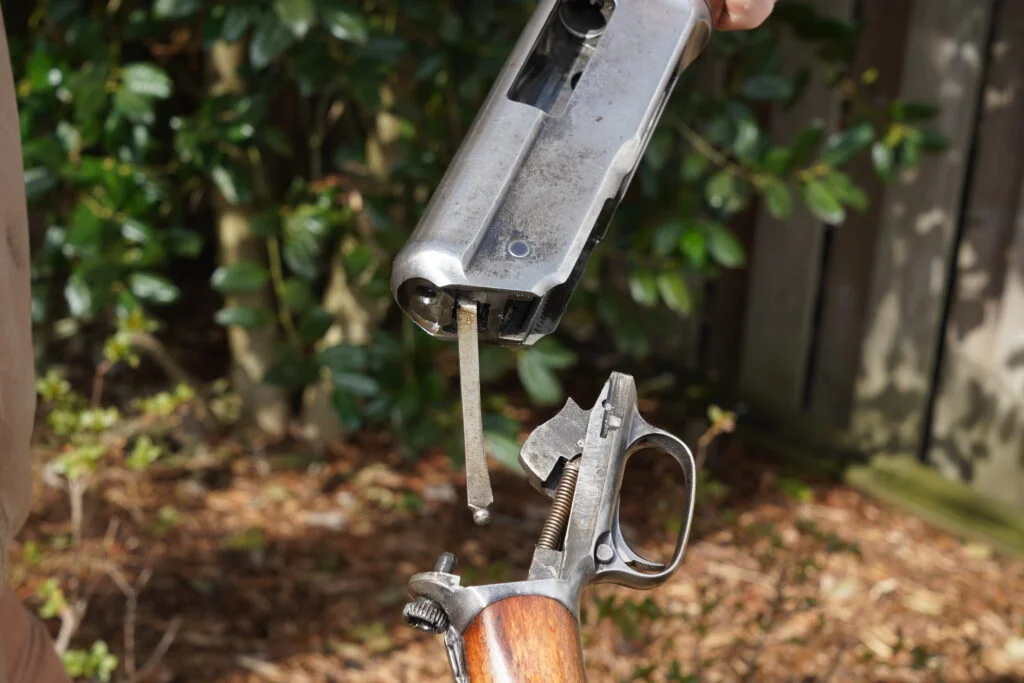
In total, Winchester produced 82,774 guns in 12-, 16-, and 20-gauge. That sounds like a healthy number, but the population of Auto-5 is in the millions, not even counting the various licensed clones by Remington and Savage.
Final Thoughts
Although there were a good few features, the gun failed to find success. Winchester stopped production in 1925 after just 14 years.
These days the Model 1911 SL “Widowmaker” is more of an interesting curiosity in the world of shotguns.
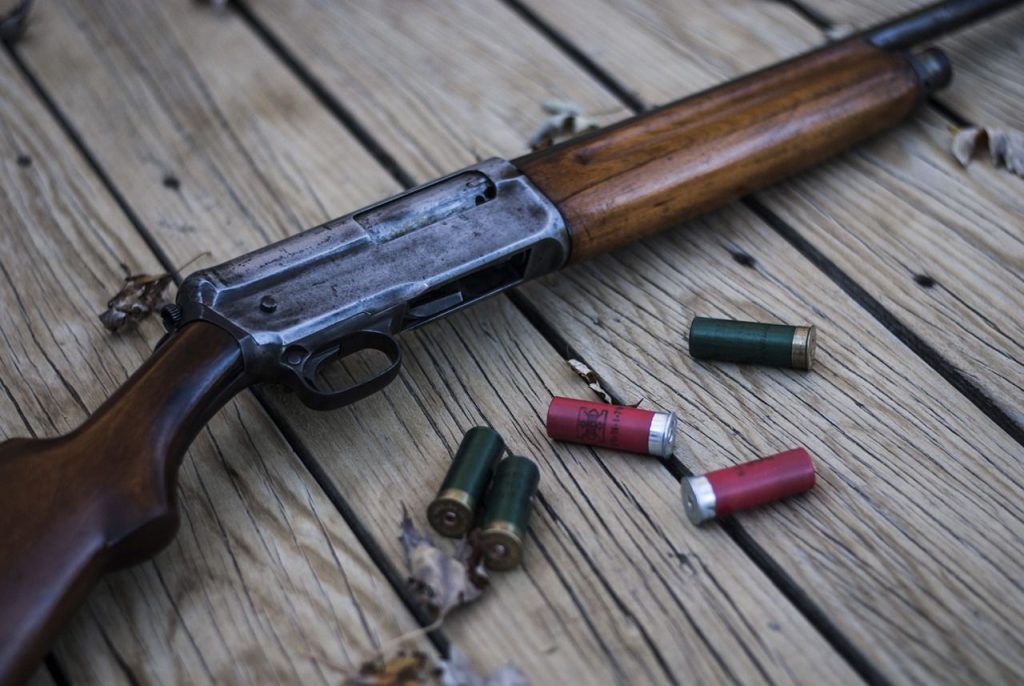
It’s a neat gun in my collection, but admittedly it doesn’t see much use outside of being a conversation piece. Not a gun I’d use for hunting, trap, or skeet, but I enjoy showing fellow gun nerds the more interesting features.
Do we have any fellow Model 1911 SL owners in the audience? Let us know in the comments below! Interested in other Browning-derived designs? Check out our article on the 7 Best John Moses Browning Firearms!

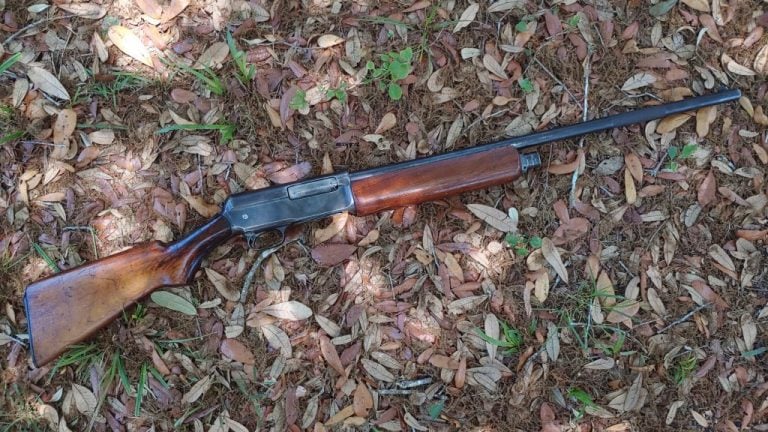
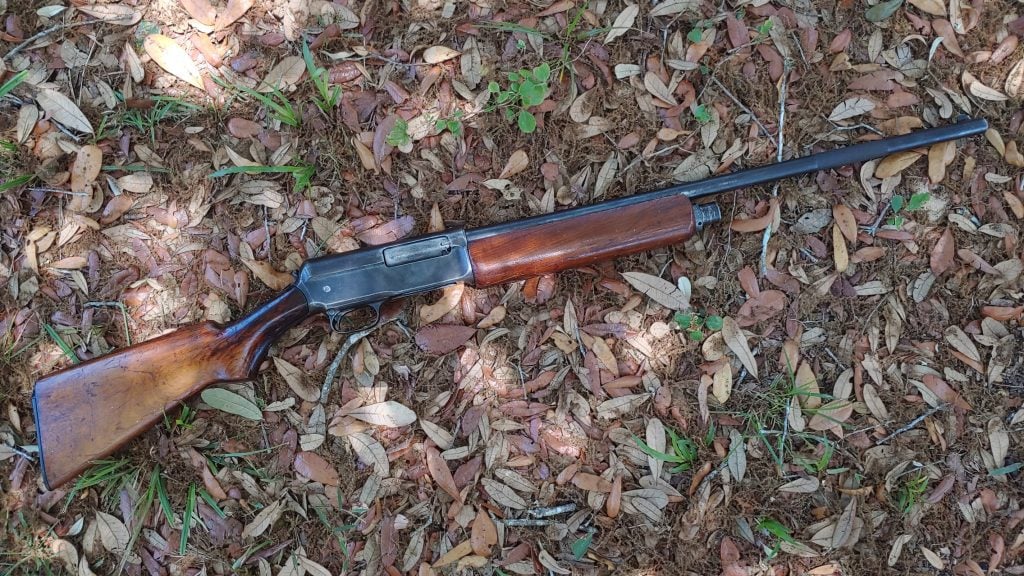
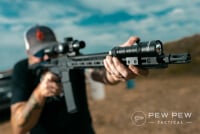






4 Leave a Reply
I have a model 1911sl that belonged to my grandfather and that my dad used for hunting 60 years ago. I also used it for hunting for a few years after my dad quit hunting. The last time I shot it the gun slammed fire 3 rounds. That was the last time I used it 40 years ago. The stock is cracked and I haven’t taken it apart to check the bushings. I’m just wondering if it’s worth it or even possible to restore it so it works safely. Any ideas
An old friend got me into reloading and shooting when I was 16. Used to go dove hunting with him, and he would always take a Winchester 1911. On one hunt, something broke, causing the gun to go full auto and knocking Bill on his behind! Still he seemed to love the old SL's, had 2 or three of them, plus a scad of parts including replacement forearms. About 1998, bill gave me one, said he was going to leave it to me in his will, but wanted to be sure I got it. Must have been a premonition, 2 years late he passed of cancer at the age of 72. I had never used the 1911, and after he was gone, I remembered it and got it out, did some research on it. When I found out about it's reputation, I looked up (which I'm not sure was the right direction) and thought "Bill I thought you considered me a friend! I have just shot the old Winchester once in the last 25 years, that was with his son, who I had gone to school with. It now resides in my not-to-be-shot firearms, with a couple boxes of Bill's 12 gauge reloads on the shelf above it. Thanks for allowing me to walk thru some old memories. I am now in my twilight years and wondering "Who do I want to bless the old "widow maker" with? Whoever it is, no way they can appreciate this hunk of steel as I do.
Joey
My Grandfather owned a 1911 SL. By the time I came along, he no longer used the gun for bird hunting. So it sat in his gun case for years. Unfortunately, at some point in time, someone talked him out of the gun, because it was gone when we went through his assets after he passed (along with a few other guns that had collector value). No records of who the guns went to. I suspect it was one cousin who was a shyster all his life, but he denied having it up to his death. Guy was such a crook, his own kids had nothing to do with him.
I know what happened to (at least one of) the Winchester Model 1911 SL's. It's at my house.
The fibrous buffer rings were degraded and falling apart when I got it from an estate sale years ago, it had seen some use but other than the rings was in good shape. So I cleaned out what was left of the buffer rings material, put it back together, and have never given serious thought to replacing the rings and would not fire it anyway because I got it mostly for the 'collection' appeal.
The Winchester prototype for their Model 1911 was actually a Browning Auto-5. Browning had historically sold his patents to Winchester for a flat fee, but for the Auto-5 patent he wanted a royalty per gun sold instead. Winchester rejected his demand. Browning took the design to Fabrique Nationale (FN) in Belgium, who did offer him the royalty he wanted.
This left Winchester in a bind, they had already planned on marketing a self-loading (SL) model shotgun but with Browning pulling out they didn’t have the rights to one upon which to base a design. So what they did was purchase one of the first 'Browning Auto-5 patent design' shotguns made by FN (serial number 262) and use it to figure out how to work around the Browning patent. The Browning Auto-5 had become the prototype for the Winchester Model 1911 shotgun. Winchester then went to work using it to figure out a way around the Browning patent. The result was the Winchester Model 1911 shotgun and those prototype design changes were carried through to the commercially marketed product. The manner in which Winchester worked around the Browning patent produced a shotgun that was greatly inferior in operating (compared to the Browning Auto-5) as the patent design was intended to be operated only like and as the Browning Auto-5 as the design was very intolerant to changes to depart from its original operating parameters and Winchester departed from those original design parameters to work around the patent. Because of these patent work around changes by Winchester the Winchester Model 1911 SL became known as the "Widowmaker" because the changes made the shotgun inherently dangerous to operate as intended.